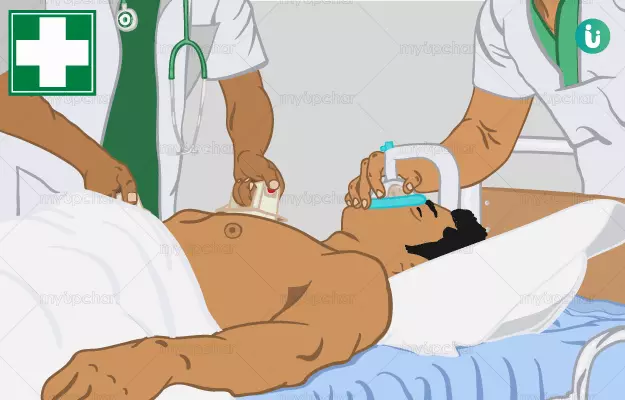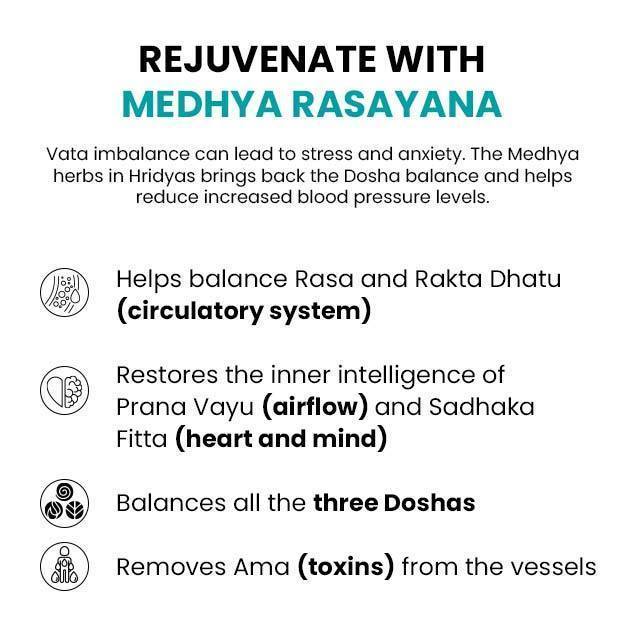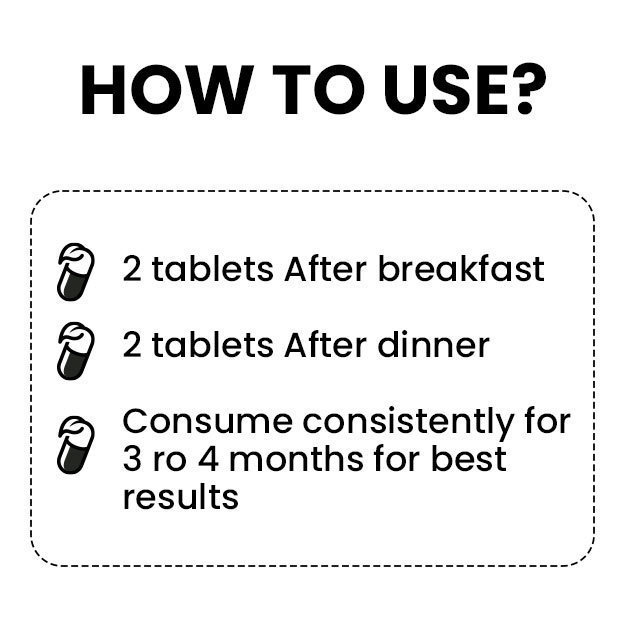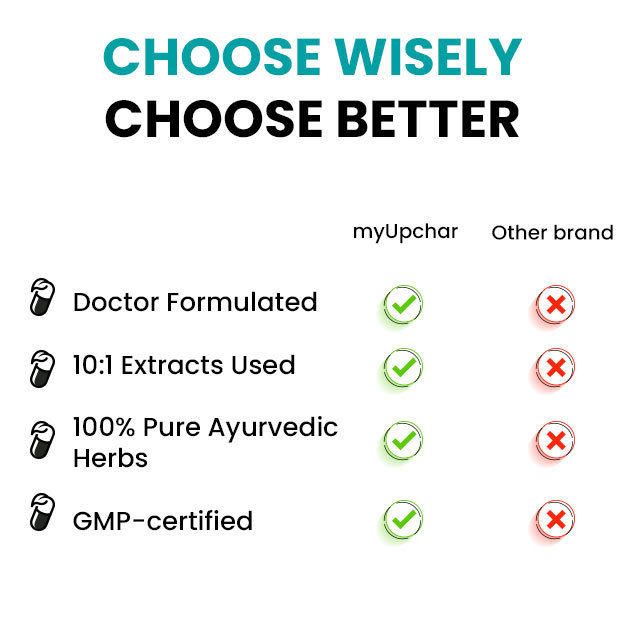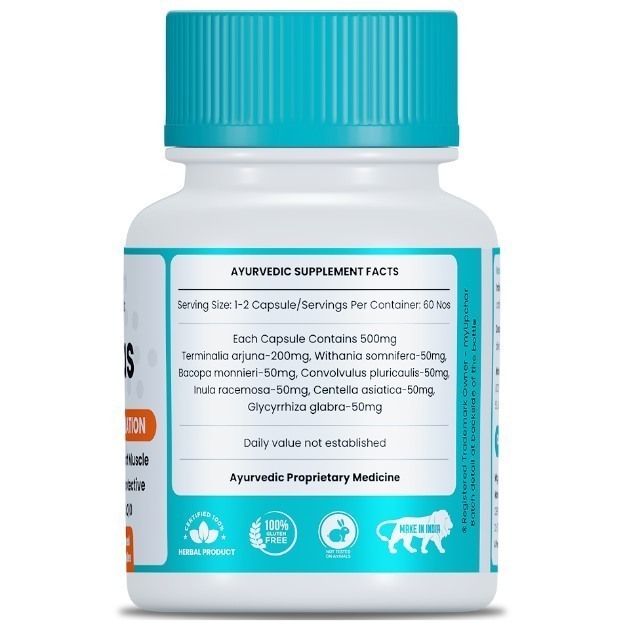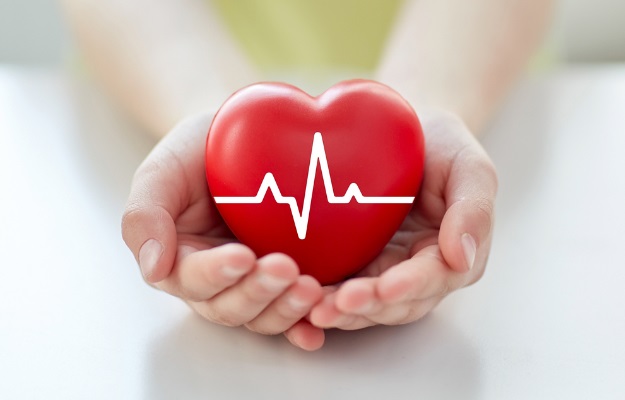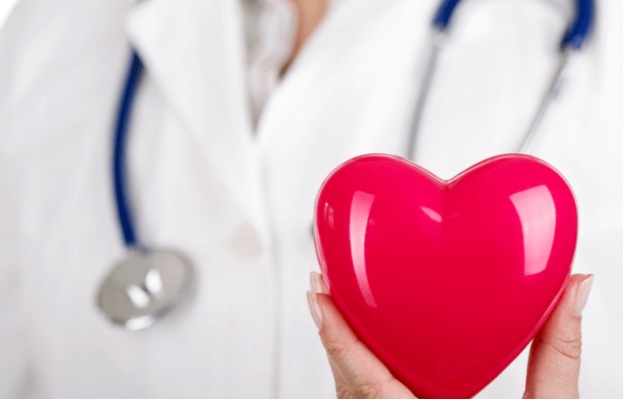A heart attack occurs as a result of blockage in one or more arteries (vessels) of the heart, which leads to restricted blood flow. Heart attacks can lead to the death of heart muscle tissue due to the loss of blood supply.
According to science journal Lancet, in the year 2016, 28% of all deaths in India occurred due to cardiovascular diseases like coronary artery disease, heart attack, heart failure and many others.
Please click on this link to know better about coronary heart disease treatment.
Symptoms of a heart attack can start slowly and persist for hours, days or weeks before an actual heart attack strikes. There can be times when a person may be having a heart attack and wouldn't even know it.
One such case is silent myocardial infarction (SMI), also known as a silent heart attack that accounts for 45% of all heart attacks. Symptoms of SMI involve discomfort and heartburn in the centre of the chest and not sharp pain on the left side of the chest, which is the common symptom otherwise.
A person can make full recovery after a heart attack, but it depends on the degree of damage. The longer a person goes without treatment, the greater the damage is. You can help a person survive by providing specific first aid.
(Read More - Coronary Angiography)

